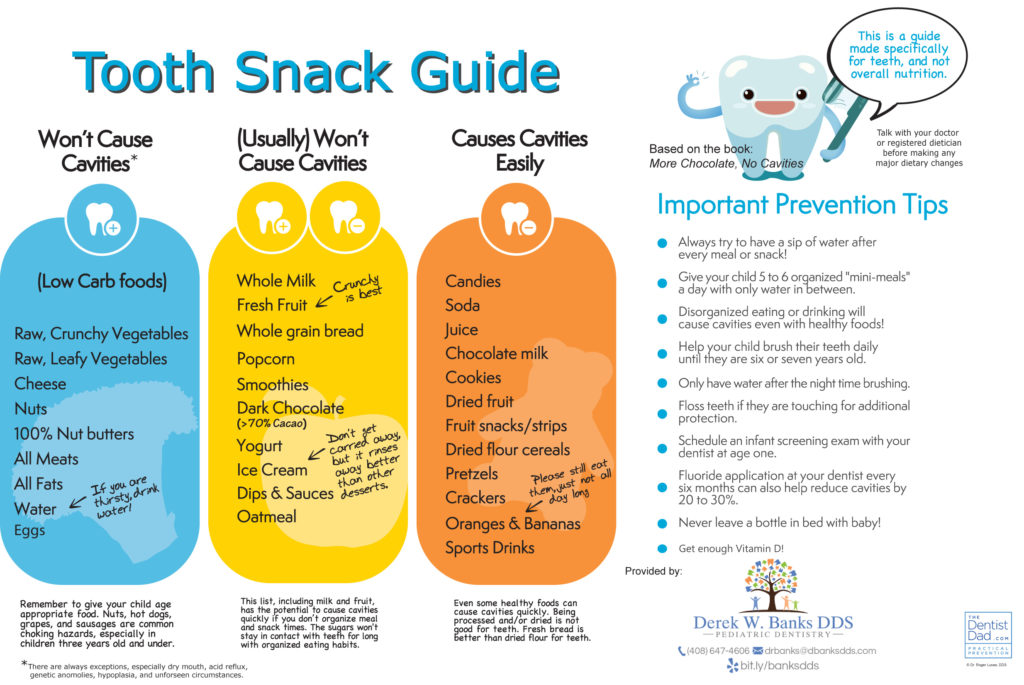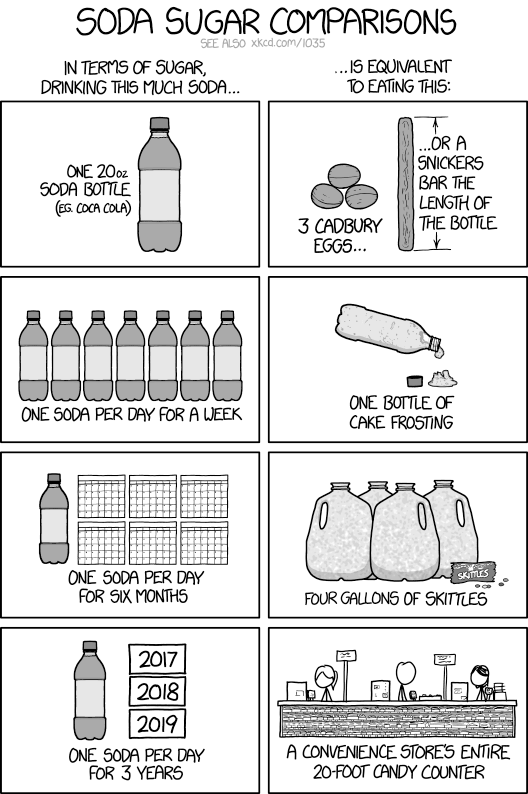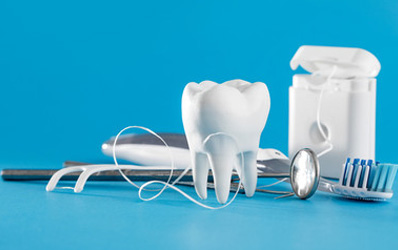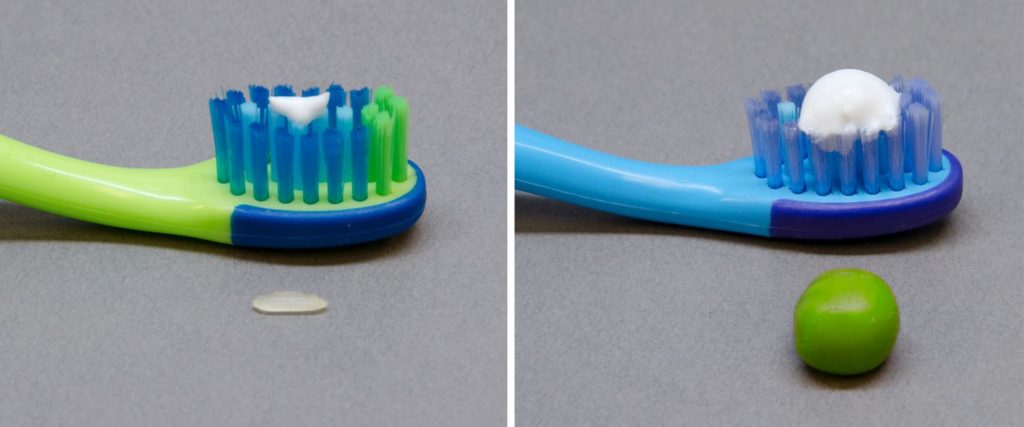We are happy to announce that Dr. Banks is now an in-network provider for Ameritas PPO dental insurance at his Hollister location (http://bit.ly/2rtnuUj). This will apply to the Hollister office only.
Author: Dr. Banks
Pediatric Dentistry in Hollister!
Dr. Banks is excited to announce he is now accepting new patients in his Hollister office! This will allow Hollister, San Juan Bautista, and Los Banos families to see an excellent, kind pediatric dental..
Dr. Banks is excited to announce he is now accepting new patients in his Hollister office! This will allow Hollister, San Juan Bautista, and Los Banos families to see an excellent, kind pediatric dental specialist much closer to home. We understand that finding the right dentist is all about “fit” and that it is very important that parents and children feel that the dentist they choose is the right fit for them. Dr. Banks’ new location is a quick drive for parents in Morgan Hill, Gilroy, or Salinas who believe our nurturing, child-centered approach is right for their child.
Snacking Guide
Think it’s just candy and soda causing cavities? Think again. What we eat makes a HUGE difference in our oral health – especially the things we (and our kids) snack on little by little throughout the day.
Think it’s just candy and soda causing cavities? Think again. What we eat makes a HUGE difference in our oral health – especially the things we (and our kids) snack on little by little throughout the day. Here is a great “snacking guide” courtesy of Dr. Roger Lucas. See anything surprising? I see many jaws drop when they see crackers, oranges, bananas on the “causes cavities easily” list – but it’s true! Those can be ok at a mealtime, especially if a toothbrush gets in there afterward, but stick with the low carb foods between meals. At home, Dr. Banks likes to keep the “green light” foods down low in the fridge and pantry so they can be easily grabbed by his kids (and keep the high-carb stuff up high and out of the way). Dr. Banks is often heard recommending that his carb-loving patients to eat plenty of carbs at breakfast, lunch, and dinner, and to reach for proteins, fats, and crunchy fruits and veggies between meals – and to drink plenty of water!

Print it out and stick it on your fridge!! Throw away those goldfish crackers and eat more cheese!
How Much Sugar?
Just a little infographic to give you an idea of what one soda per day means.

Why Do Some People Get Cavities So Easily?
We get this question all the time – especially in families with more than one child. “How come one of my kids never gets cavities, and the other gets them all the time?” “They eat the same things…
We get this question all the time – especially in families with more than one child. “How come one of my kids never gets cavities, and the other gets them all the time?” “They eat the same things and brush/floss the same – so what gives?” This seems particularly unfair when the more diligent brusher gets dental decay and the “lazy” brusher has perfect teeth. The fact of the matter is that our mouths are not created equal, and are inhabited by completely different mixes of beneficial and detrimental bacteria. Our mouths and GI tracts are filled with millions of bacteria – some of them help crowd out or kill harmful microorganisms that could get us very sick. Others help us regulate our digestion and may even have an effect on our mood (really!). The type of bacteria that causes cavities produce acid, and thrive in acidic environments. That acid eats away at tooth structure, causing cavities. So, knowing this, the big question is how do we get rid of these bad bacteria? I wish it were as simple as an antibiotic, but antibiotics would kill much of the beneficial bacteria as well, and both the bad and good stuff would grow back before long. The KEY to decreasing the amount of, and limiting the effect of these bad bugs, is to starve them. These acid-producing bacteria are carb-crazy, so if we can limit the amount of time that carbohydrates are available to them, they die out, leaving a diminished population of the bad bugs, and more of the good ones. For kids (grownups too) with a high risk for decay, my recommendation is carbs ONLY at mealtimes (that’s breakfast, lunch, dinner), brush after every meal, and eat between-meal snacks that are loaded with protein, fat, and fiber. Some of these good snacks include: nuts, cheese, crunchy veggies (and some crunchy fruits), meat, and low/no-sugar yogurt. And of course, just water to drink between meals. I know this sounds boring/difficult, especially with little ones (I know – I’m a father of 4), but it can be the difference between a mouth full of decay and a perfect smile. What about at school, though? That can be a tough one, depending on the school and teacher, but for kids that are at higher risk for decay, I like to get the teacher onboard with brushing – and if that’s impossible, then to at least ensure the kiddos are drinking some water after their meal/snack and having parents brush right after school. If you were wondering why some people get cavities more easily than others, I hope this has been a helpful read. These tips are just part of the comprehensive prevention plan we like to give each patient. Please give us a call if you have any other questions on this subject in general, or about your child specifically.
Fluoride – A little bit is the best amount!
Fluoride can be a very effective tool in preventing tooth decay when used properly. When determining how much fluoride your child should have, there are many factors, including the amount of fluoride…
Fluoride can be a very effective tool in preventing tooth decay when used properly. When determining how much fluoride your child should have, there are many factors, including the amount of fluoride in their water and other food/drink sources, whether or not their medical doctor has included fluoride into any multivitamins, and their overall risk for decay. As a general rule, though, unless we have met and personally made an alternative plan, the above photo applies to most kids. The photo on the left is a grain-of-rice sized amount of fluoridated toothpaste, which is appropriate for children under three years old. I started using this much on my kids as soon as they had teeth visible in their mouths. The photo on the right is a pea-sized amount of fluoride, and is appropriate for children from three to six years old (assuming they are decent “spitters” by then – if not, you may want to stick with the smaller amount until they can spit a little better). If a child has had many cavities or if they have other factors that put them at higher risk for tooth decay, we like to make a custom plan which may include a higher-fluoride toothpaste, or a fluoride supplement (drops, chewable tablets, or an in-office applied fluoride varnish). Like most medications, fluoride can have unwanted effects if too much is used, and if they consume many times too much it can even be poisonous – so moderation is key. Keep fluoride toothpastes, mouthrinses, and supplements out of reach of your young children to keep them from ingesting too much, and supervise their brushing. You should be brushing for your child as much as possible, until they have the skill and responsibility to do a great job every time (my guideline is if you would trust them to do a good job washing your car, then they are probably old enough to brush their own teeth with no help :). I could go on and on about the nuances of fluoride use, but I hope these general guidelines have been helpful. Please feel free to reach out and contact me if there are any questions I can help you with!
Why a Pediatric Dentist?
I am frequently asked what sets a pediatric dentist apart from a general dentist or another dental specialist. Usually the question is phrased: “So I get that orthodontists and oral surgeons are dental specialists, but my dentist sees kids…
I am frequently asked what sets a pediatric dentist apart from a general dentist or another dental specialist. Usually the question is phrased: “So I get that orthodontists and oral surgeons are dental specialists, but my dentist sees kids – what makes a pediatric dentist different?” First off, I want to be very clear that there are some general dentists with no specialty training that are wonderful with kids – kind, caring, competent and helpful. What sets a pediatric dentist apart, though, is two years of specialty training in growth and development, child psychology, pediatric pharmacology, common (and uncommon) childhood diseases (and their oral manifestations), syndromes and more. That, and our experiences and practices are built around providing dental care for infants, children, and teens with all sorts of challenges from extreme anxiety to autism to rare anomalies in dental development and more. In short, kids aren’t just miniature adults. They function differently on all levels – physically, mentally, and psychologically – and a pediatric dentist is equipped with the training to assess each child individually and provide them with the care that is just right for them. If you feel your child could benefit from seeing a pediatric dental specialist (most could!) give us a call! If you live out of the area, give us a call anyway and we will help you find a great specialist in your area.







